Magnificent Sinai Peninsula, Red Sea
The Sinai Peninsula is an enchanting place full of ancient history and magic. It is quite different from the rest of Egypt, although for geopolitical reasons, it is often considered part of Africa instead of West Asia.
SOUTH SINAI PENINSULA, ASIA
Egypt is a transcontinental country which means that the country’s landmass belongs to two continents. One part of the country of Egypt is located in Asia and the other part is in Africa. The Sinai Peninsula is the only part of Egypt that is located in Asia
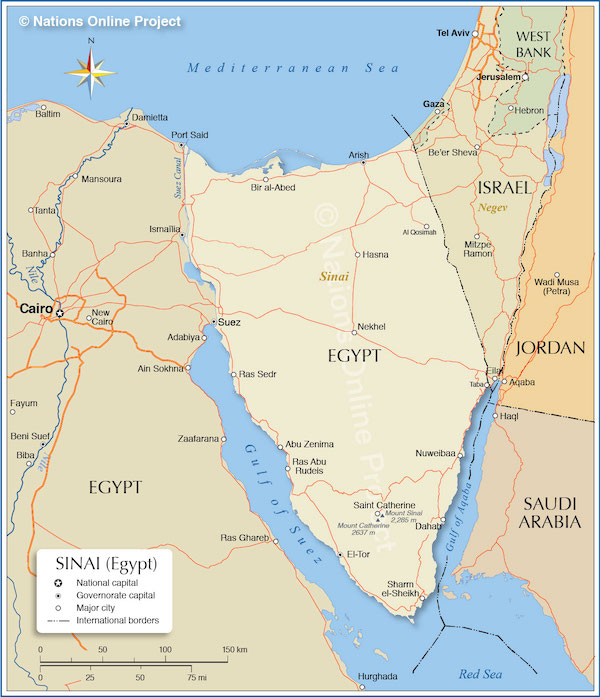
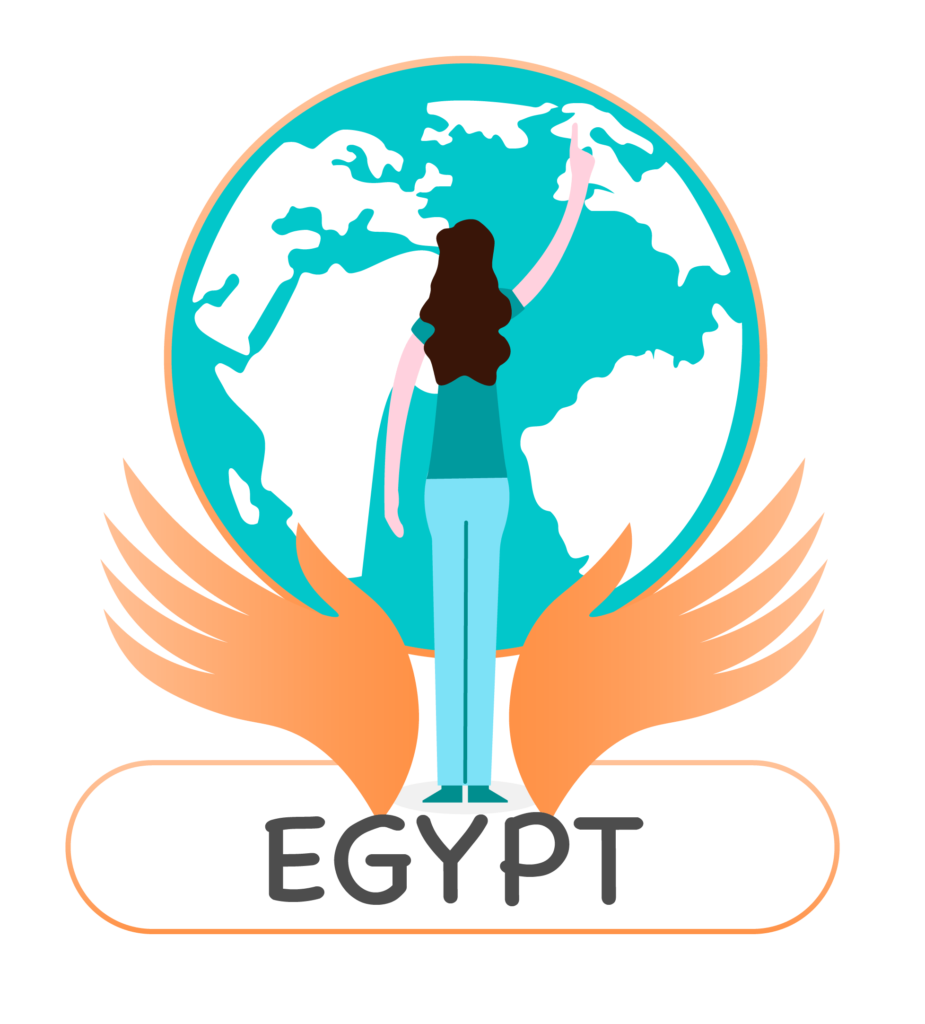
Golden Triangle
The Sinai area is a triangle-shaped peninsula, a desert region. It is a land bridge between the Mediterranean Sea on the north and the Red Sea on the south, the Israeli border on the northeast and the Gulf of Aqaba on the east, and the Suez Canal on the west.
Sinai can be divided into three distinct regions
The first is the Northern part, which consists of a plateau that stretches towards the Mediterranean. This area is characterized by numerous sand dunes and beaches, with vegetation mainly comprising of scrub. However, there is also irrigation for crops in this region. Moving towards the Middle part of Sinai and the Southern part, we reach the stunning coastline of the Red Sea. Here, you can find some of the most breathtaking coral reefs in the world
We all learn different things while traveling. This is what “I” learned
- Sinai derives from the word “sin,” which is related to a moon god and is still worshipped in the area today.
- Sinai has a very distinct culture.
- This is the only part of Egypt that dates back to the very First Dynasty in ancient history, 3100 BC!
- The first Egyptian Dynasty performed funerary rituals, sacrificing individuals and animals, and burying them alongside the pharaohs to assist them in the afterlife.
- This is the place where the famous biblical Mount Sinai and its Monastery are located, and it is a place of biblical patriarchs.
- It is said to be the place where Moses received the Ten Commandments.
- Saint Catherine’s Monastery, at the foot of Mount Sinai, is a UNESCO World Heritage site. It is the oldest working monastery in the world, dating back to the 500s. A very important place for pilgrimages.
- The land of wadis, valleys, or dry riverbeds. You go there to escape the extreme heat of the region.
- Being the original population of Sinai, the Bedouin have a unique culture that is an amazing component of the region. These nomads are the traditional inhabitants of Sinai, belonging to Arab tribes and used to moving from oasis to oasis.
- The Peninsula was occupied by Israel, but Egypt was able to regain control of Sinai in 1982 through a peace treaty. It is truly stunning.
- Sinai is known for its coastal tourism, boasting some of the most beautiful beach landscapes and coral reefs in the world.
- However, it is also an area of political and social unrest, with terrorist attacks primarily concentrated in the northern part of the peninsula.
- Life here is not easy. The desert valley presents a harsh environment, water is a precious commodity, distances are very long, and seeking shelter from the scorching sun is necessary during the hot summer months.
- Mohammed Salah, a soccer player, is a hero in Egypt. You will see his name everywhere! It’s also a great way to start a fun conversation with an Egyptian 🙂
Culture and Things todo
A wadi is a valley, a dry riverbed with a sharp depression. Wadis are located in flat parts of the desert. They are beautiful valleys.
One of the things to do in Sinai is to go to a wadi for a picnic, climbing, a bonfire, camping, and of course, tea!

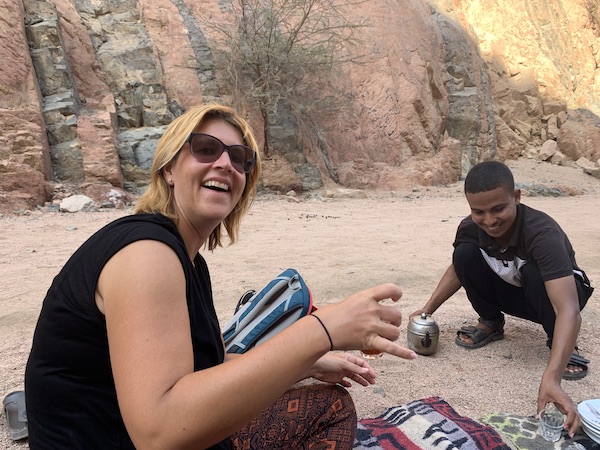
Going on a picnic at the wadi is great fun! Always followed by a great cup of Bedouin tea made of dried tea leaves mixed with desert plants. A bit of fresh honey is the best!
What is a Wadi?
A wadi is a valley, a dry riverbed with a sharp depression. There have been settlements in the wadi because it protects from the wind and hot weather. Some of the wadis have underground rivers and springs which are sources of water for harvesting and water.
Some Bedouins still live around wadis however, the nomadic lifestyle is decreasing with time. Probably the most famous wadi in the area is the biblical Wadi Feiran, which is the largest oasis in the Sinai Peninsula. Wadi Feiran is around Mount St. Catherine’s Monastery, which attracts visitors from all around the world.
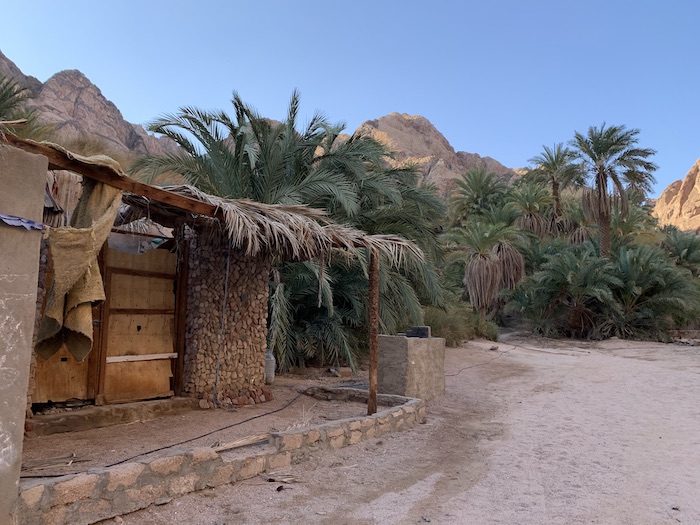
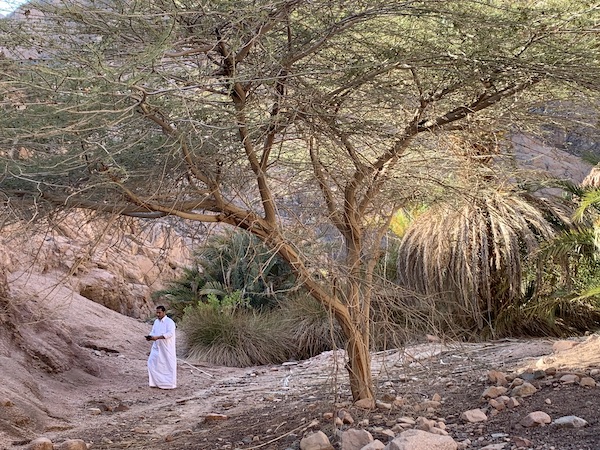
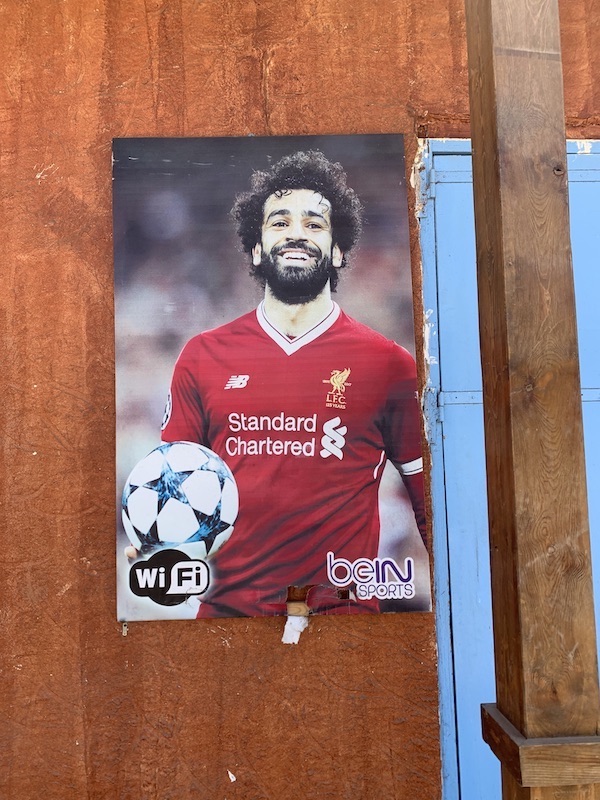
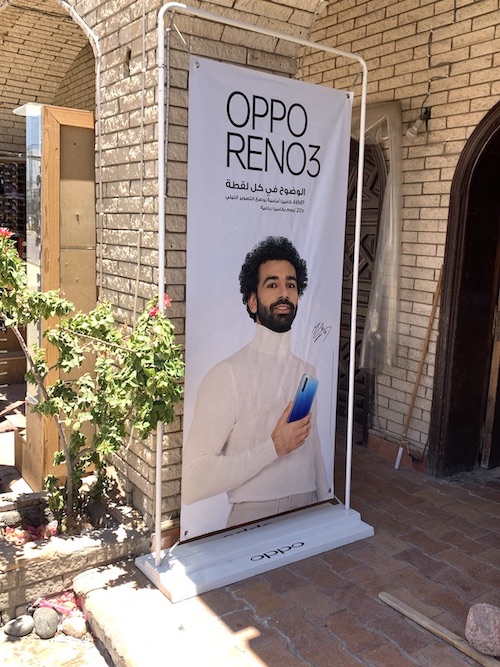
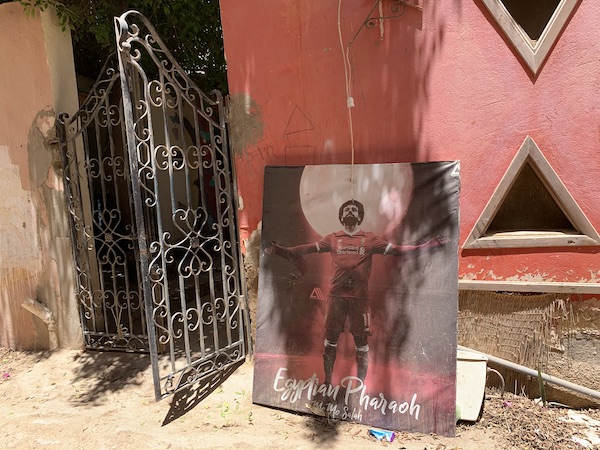
Mr Mo Salah, a hero in Egypt just like Messi in Argentina
South and East of Sinai Peninsula
a place of magic in one of the harshest environments in the world! and there are many checkpoints
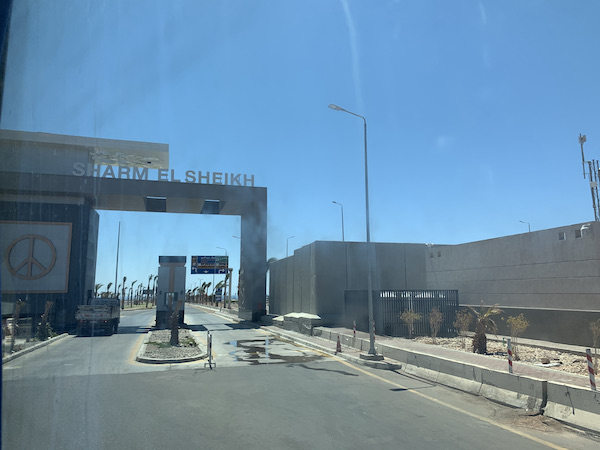
Sharm el-Sheik
A popular resort town and a fast-growing city at the tip of the Sinai Peninsula, Sharm used to be a Bedouin fishing village. The city has a large number of hotels and resorts that take advantage of being located along the Red Sea.
Known as “Sharm,” this destination boasts a bustling airport that welcomes airlines from across Europe and the Middle East on a daily basis. It is renowned for its thrilling water sports, including snorkeling, diving, and scuba diving, making it a favorite among tourists seeking adventure. Additionally, Sharm is a vibrant and lively tourist hub.
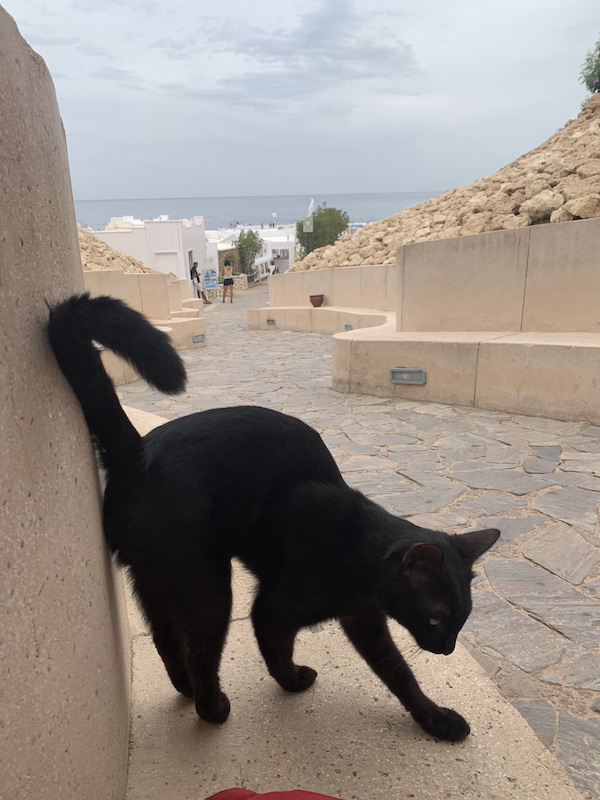
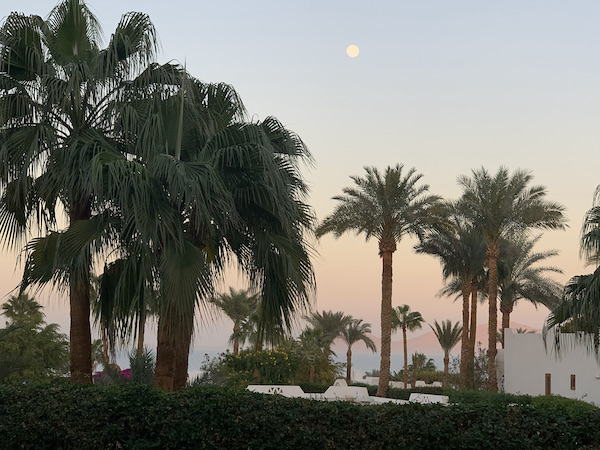
Sharm el-Sheikh may be considered a relatively new destination as it was established in the 1970s. Nevertheless, recent years have seen a surge in construction activities, including the construction of a mosque located in the heart of a bustling shopping district. This mosque is open for visitors during both daytime and evening hours, providing a unique cultural experience.
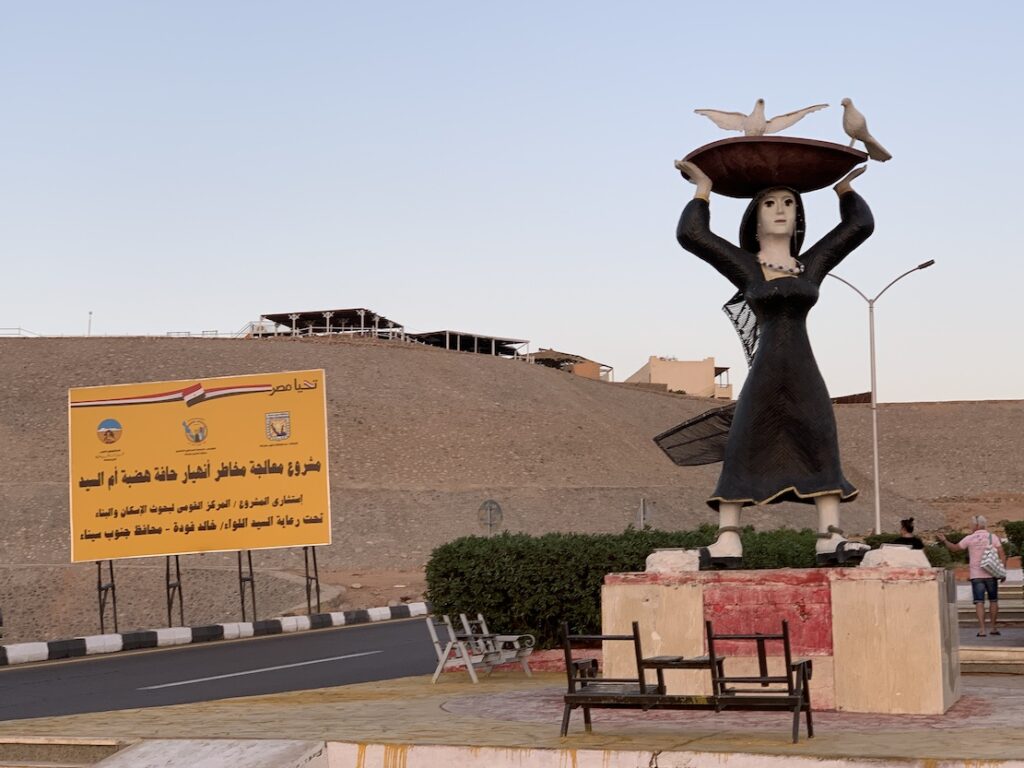
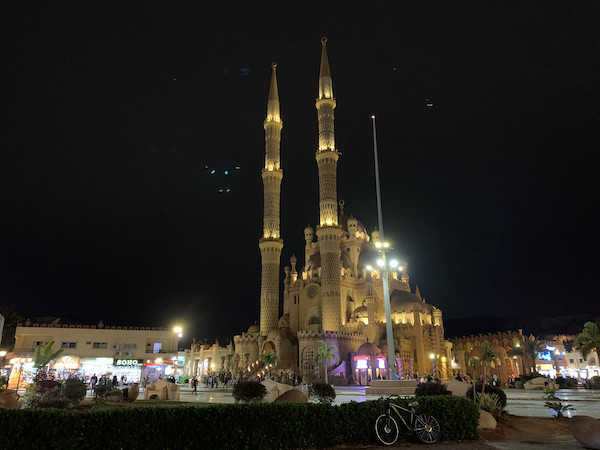
Sharm has been attracting people from around the world for its amazing coastline with crystal waters. There are plenty of private beaches owned by resorts where there is access for a small fee for the day. The public beaches are beautiful and easily accessible by taxi.
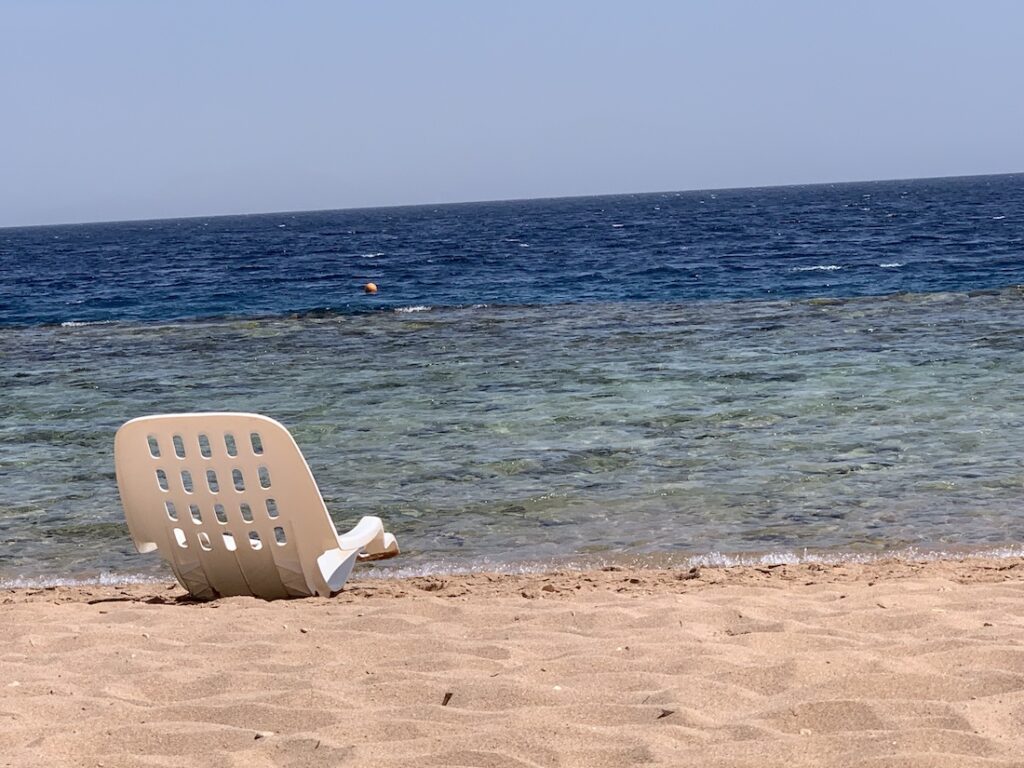
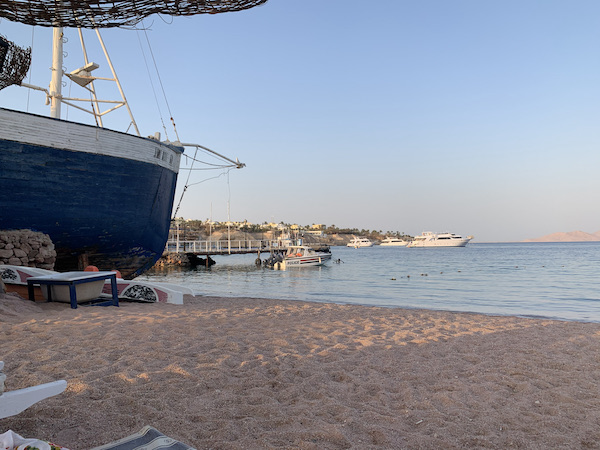
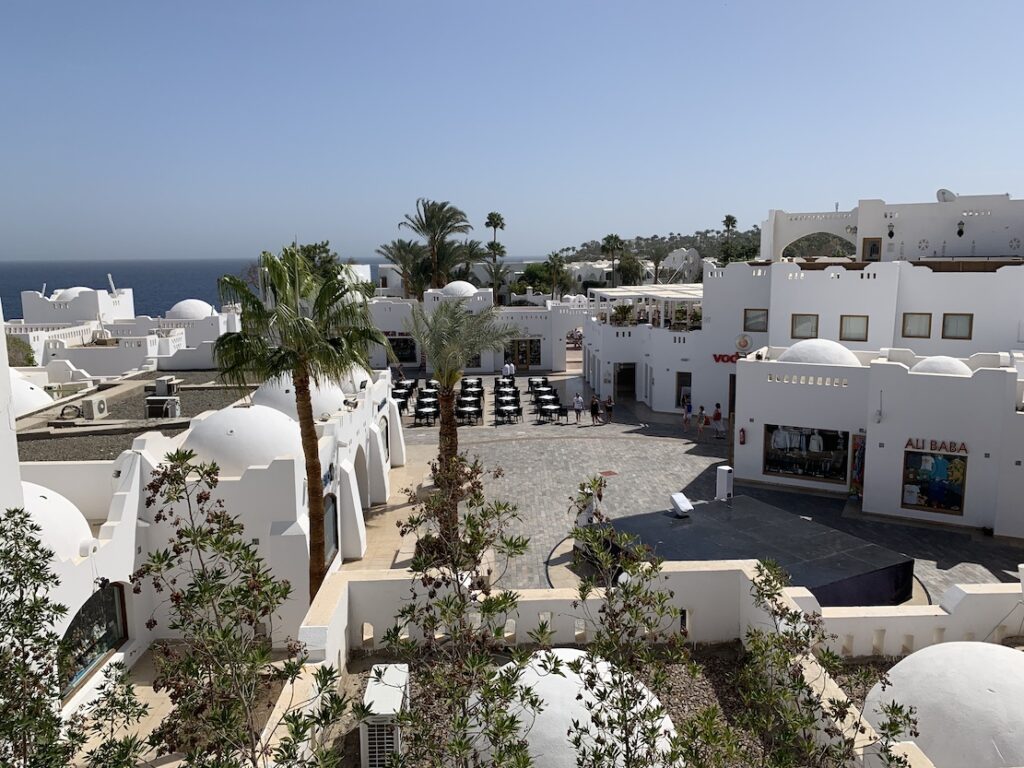
In the year 2020, Sharm el-Sheik opened the doors of the new National Museum which is the first museum of antiquities in the Sinai Peninsula. There are interesting displays of the rich Egyptian culture and it can be visited in the evening time.

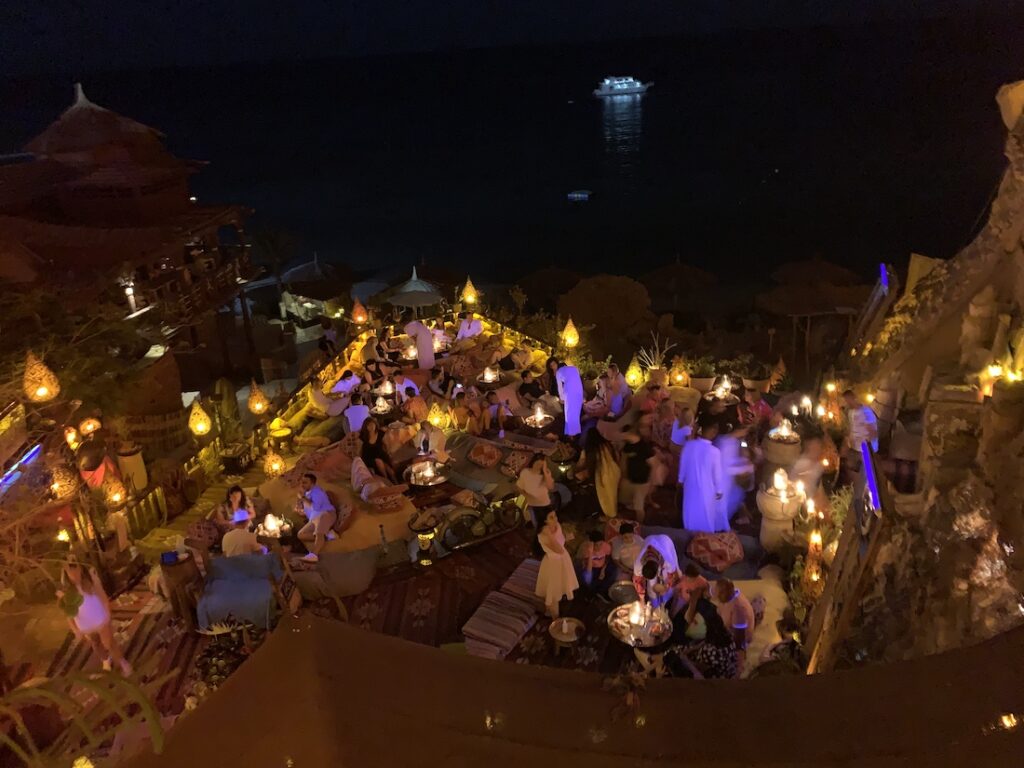
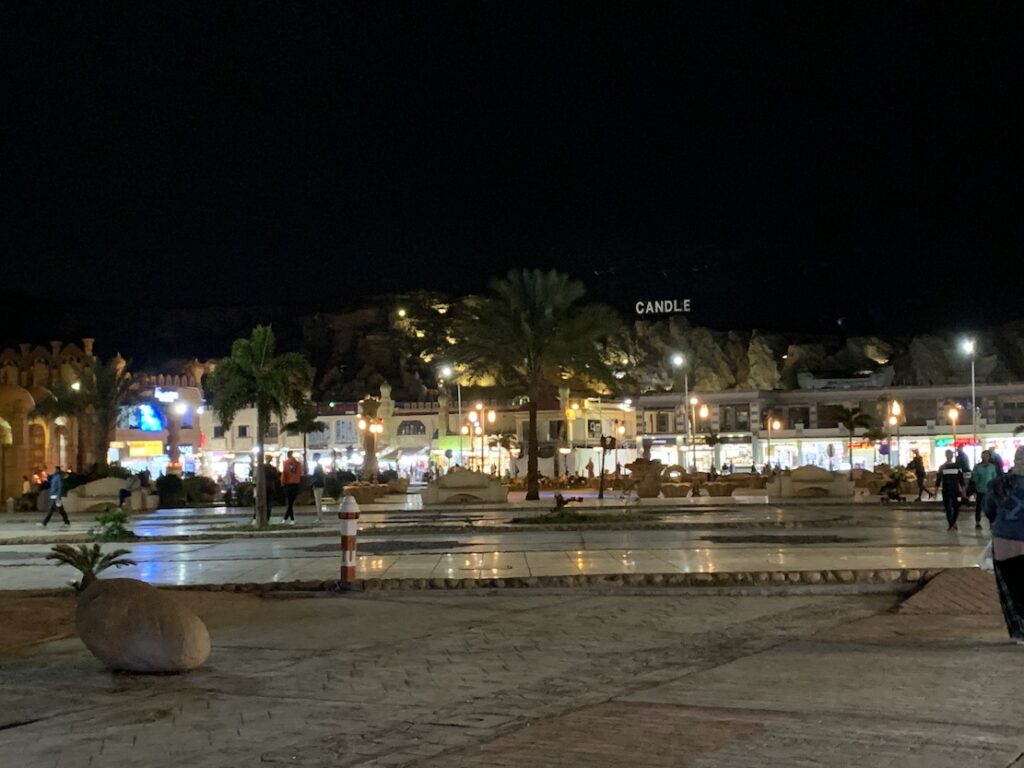
Sharm gained global recognition as it hosted the United Nations Climate Change Conference in November 2022. The conference resulted in a pact that included the commitment of wealthier nations to assist developing nations (the term “developing” is no longer used, we now use “emerging” or “improving” nations…).
While some may argue that the industrialization of wealthier nations has contributed to climate change, it is important to acknowledge the progress made towards a more sustainable future just by starting a dialogue in a highly politicized environment. The conference was a step in the right direction, and we must continue to work together towards a cleaner and greener planet.
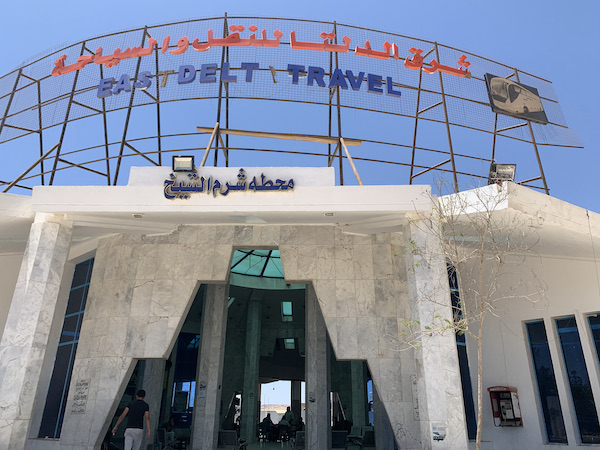
Ras Mohammed Park
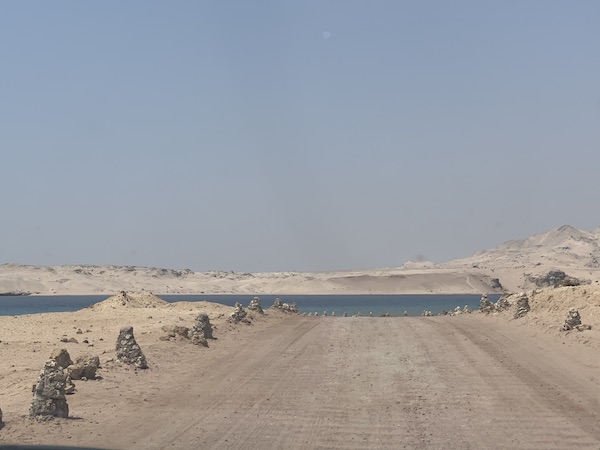
This diving spot is truly a gem among the best in the world, and it holds a special place in my heart too. The enchanting allure of this destination, with its blend of the Red Sea, majestic mountains, and vibrant Bedouin culture, creates an absolutely magical experience.
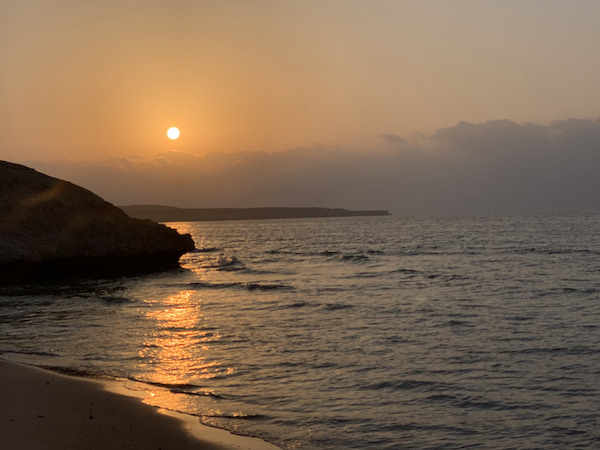
Without a doubt, this is one of the most beloved destinations I have ever visited. Although I have traveled extensively, I am drawn to places that offer tranquility, vastness, and a love for water. This particular location has it all, with uncrowded beaches and perfect weather that is not too chilly. I tend to steer clear of crowded areas whenever possible, but in today’s world, it can be challenging to avoid them. The only time I am willing to brave the cold is when I am on duty, regardless of how stunning the scenery may be.
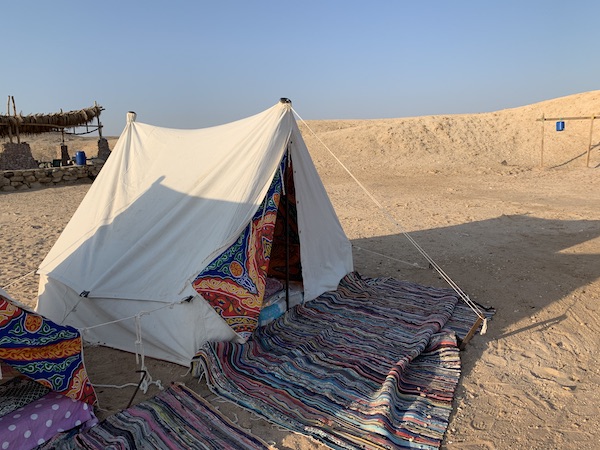

Camping at night at the Park is one of the highlights of my stay. Always in the company of a knowledgeable Bedouin guide.
DAHAB
Located north of Sharm el-Sheikh, another small Bedouin fishing town on the southeast coast of the Sinai Peninsula turned into a tourism spot. A very unique hippyish town where you find tarot readers, artists, divers, musicians, yoga and meditation instructors, cooks, and professional snorkelers (as I call myself).
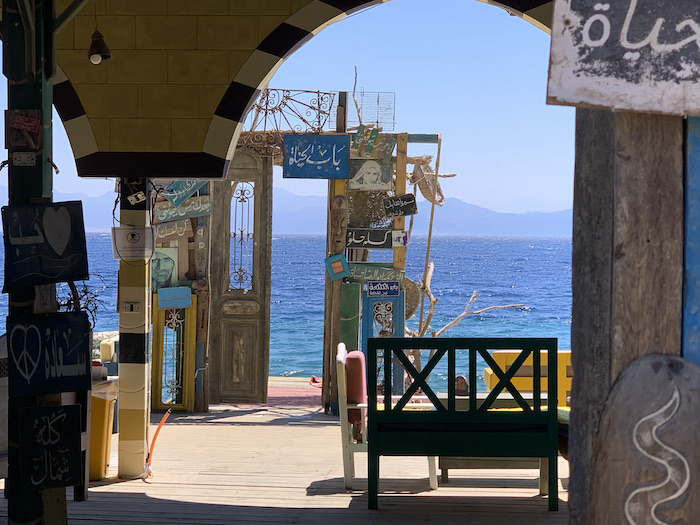
People from all around the world started going to Dahab years ago and it has been a place for the hippie scene for decades. With the global pandemic, tourism plummeted, and since 2020 more young Egyptians are choosing the place as their vacation spot. It is really refreshing to see more Egyptians learn more about their culture.

One element to keep in mind is that Dahab is not for partying all night long (thank GOD!) and it is not very inexpensive (it used to be). Prices have gone up significantly in the last few years, particularly housing in Dahab is quite pricey even for me who lives off-grid quite happily.
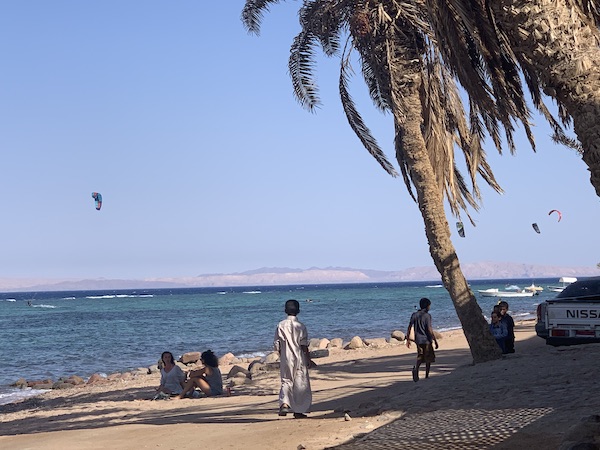
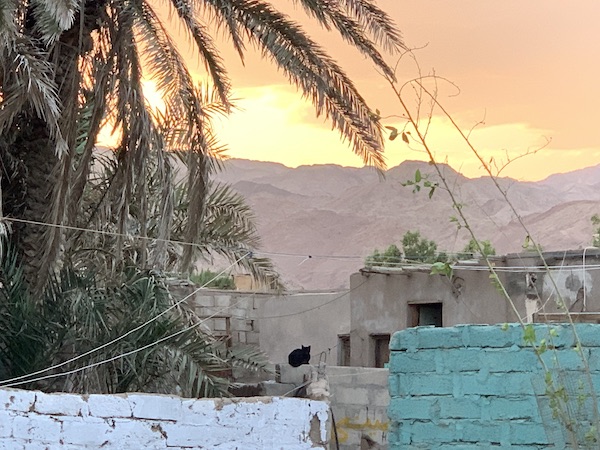
This is the place where you see the clarity of water like no other place, with coral reefs, and the best diving sites. By far one of my favorite places in the entire world!

Like any other place, Dahab has a more touristy area where there are “higher end’ (you won’t find 5-star hotels here) lodging and great laid-back restaurants and bars by the sea.
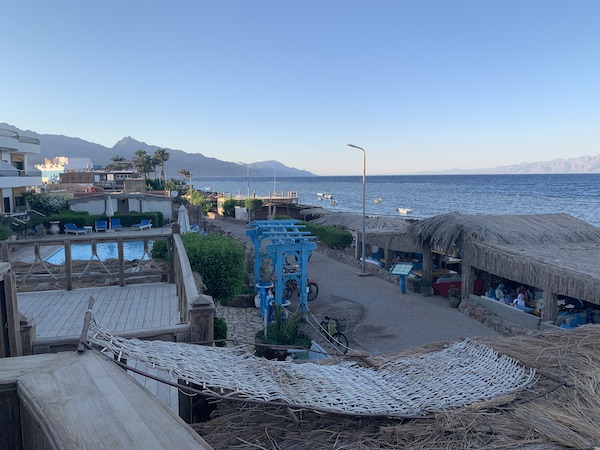
Nothing like the feel of a different culture with lots to discover, Middle Eastern, Arab, Egyptian, and Bedouin.
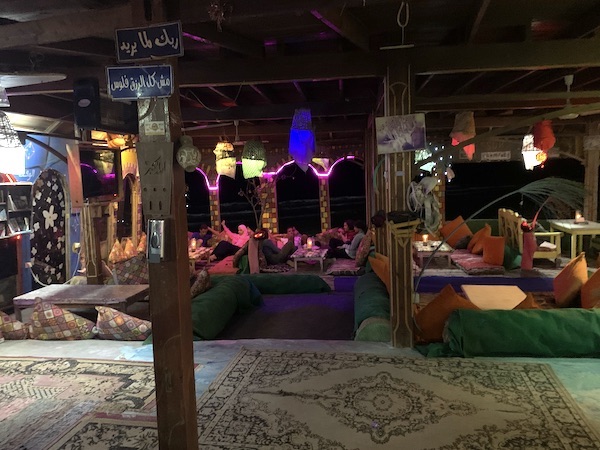
The unpretentiousness of Dahab is uplifting. It was my home for almost all of 2020; I did not feel the pandemic there. I have been back living there part-time for the last 4 years.
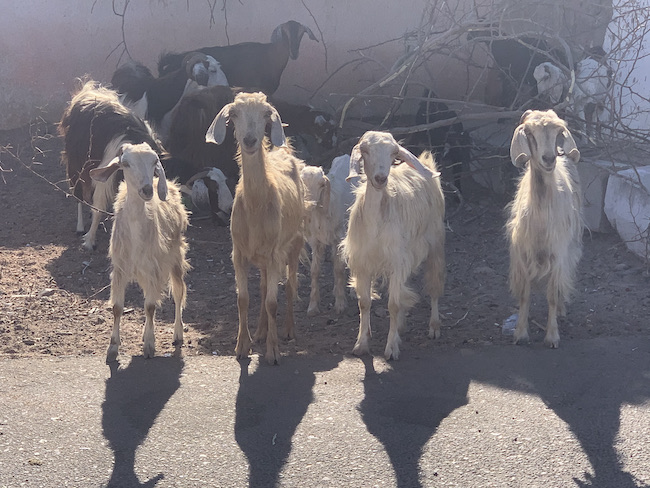
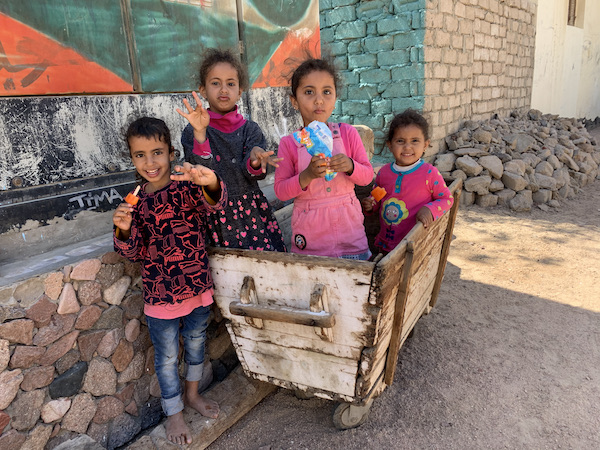
Regardless, of where you are in Dahab, the gang (goats), will always be there curiously looking at you…and even entering your home…
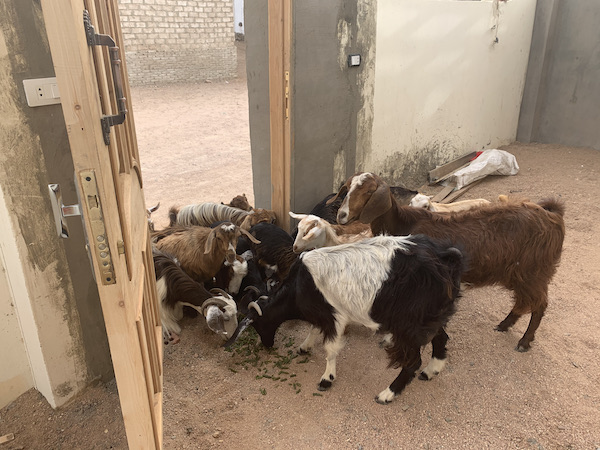
Living in the desert presents unique challenges, but what truly captivates me is the ability to perceive the world through a fresh lens and embrace the unadulterated beauty that lies at its very essence. Being around a bunch of old hippies is cool too:-)
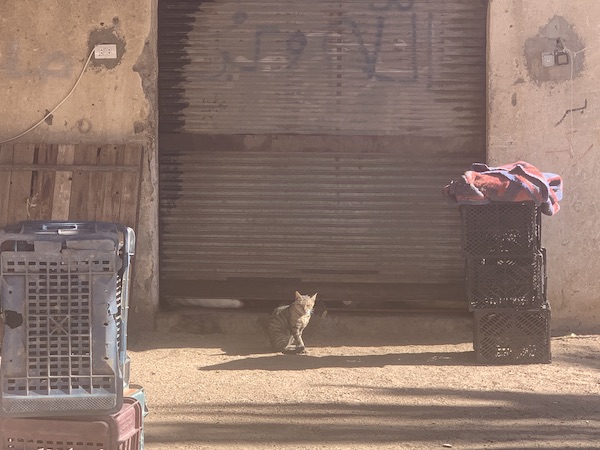
Life in the desert is not that easy, particularly when it is very hot. This is truly life off-grid unless you are in a nice hotel. Moving around is done at a slower pace, and during the hot summer months, we try to avoid being under the sun. We are under the sun all year round anyway in the desert!
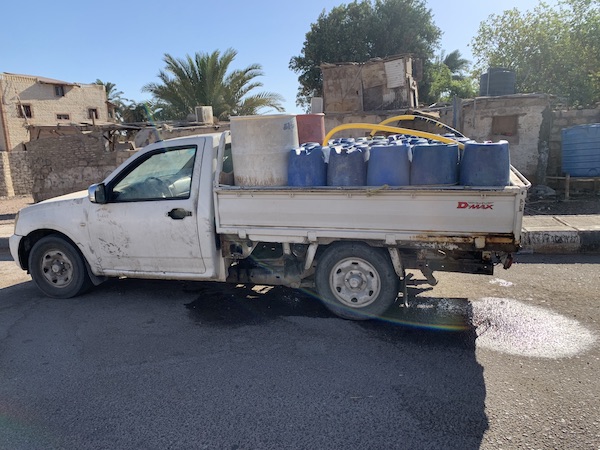
Water, as stated, is a commodity unless you are up in the mountains where water is more available or by an oasis. Yet, you have to make sure that the water is clean enough to drink.
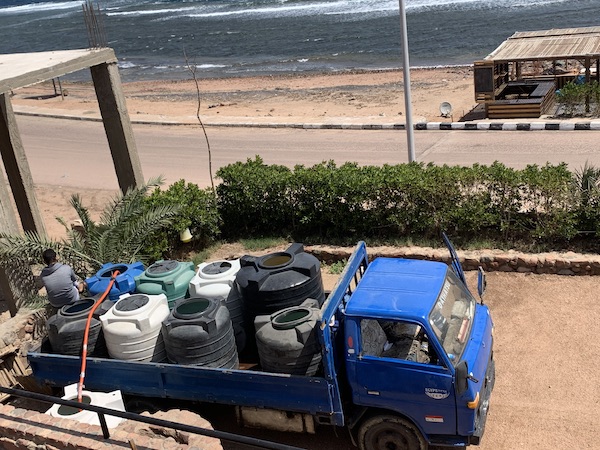
I became acquainted with different types of water: one for doing dishes, another type for the animals, and another one for my own use. I learned to buy water from folks who were bringing water from up the mountains, which saved me quite a bit of money.
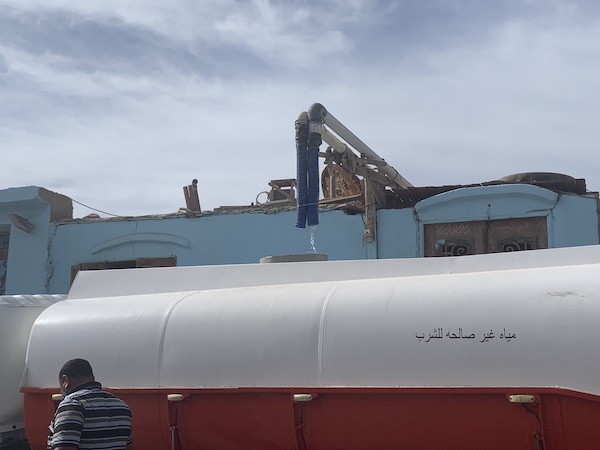
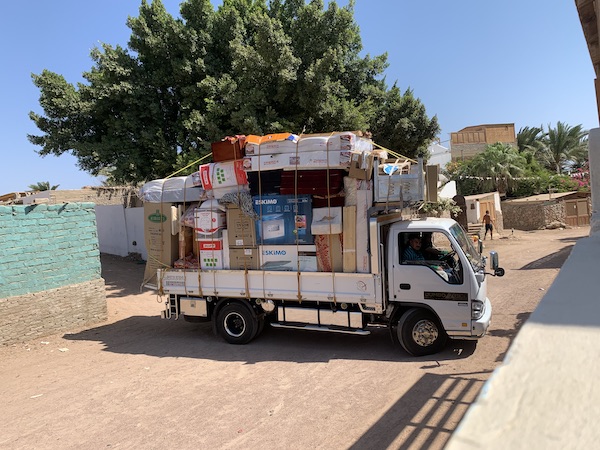
Stores on wheels

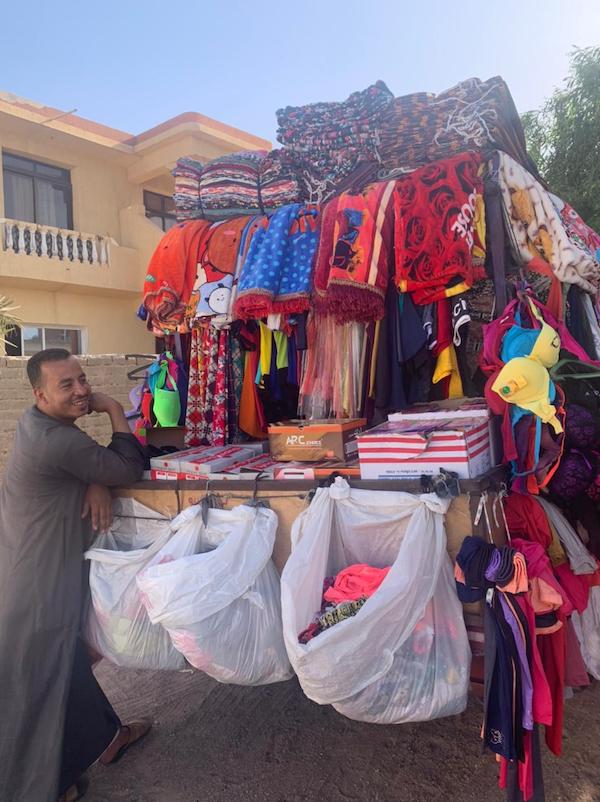
Everyday life is different. There are trucks that turn into little shops, and markets just pop up in the middle of the town square.
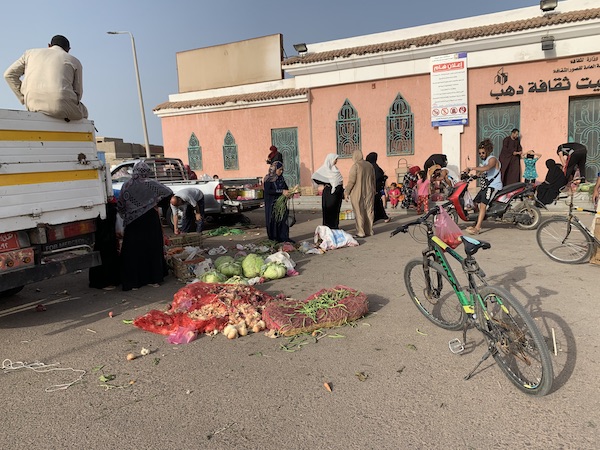
Getting fresh veggies is a must, and due to the heat, we need to get to the markets on time before the veggies start wilting. However, for the most part, they are still salvageable with some moisture.
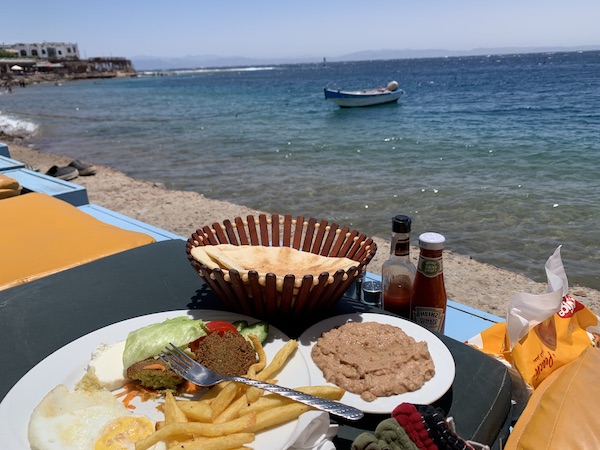

Breakfast at the beach or grabbing a falafel sandwich on the go, it is all good!
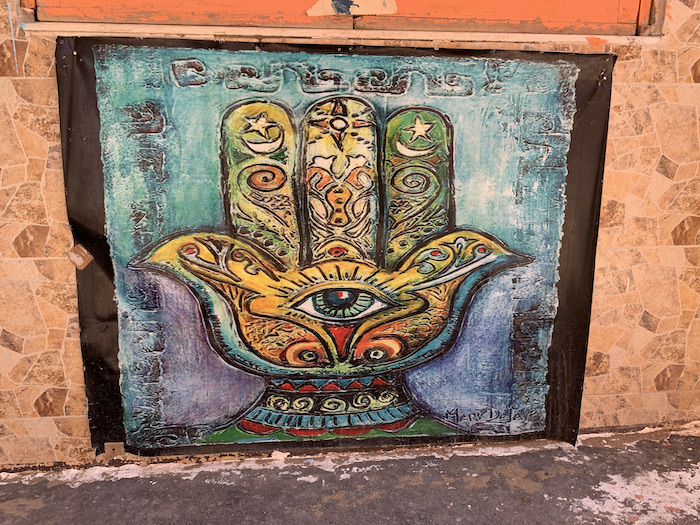
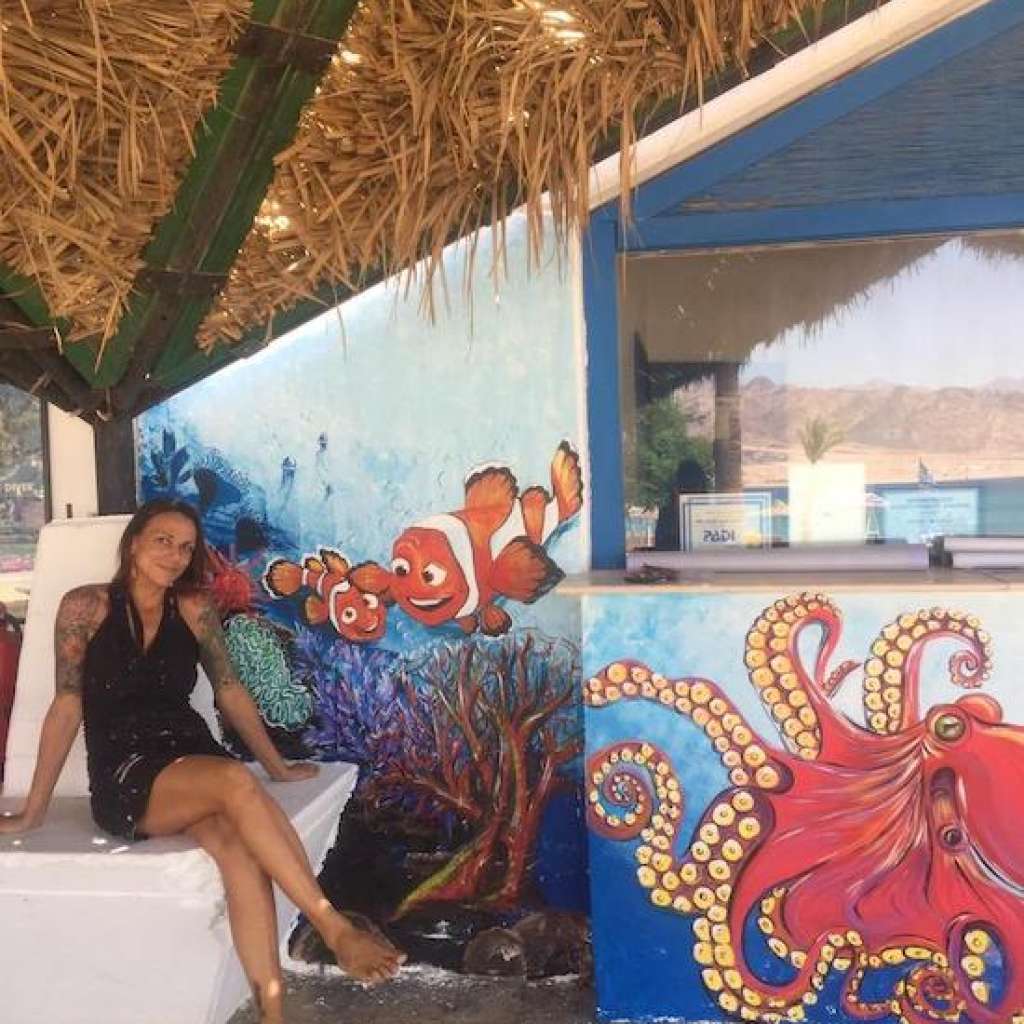
Dahab has some of the best street artists who portray Bedouin life like no others. There are murals carefully done in different parts of the town, and as we know, mostly independently done. It is worth supporting, making Dahab a truly international place.
To see more street art or to learn how to do a workshop, enter this link.
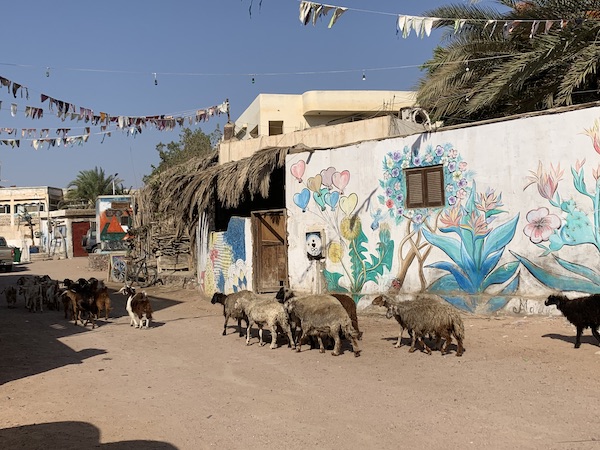
I find fulfillment in this lifestyle, as it has shown me the strength of simplicity. Living simply allows me to recognize my own abilities and value what is straightforward. I cherish the beauty of nature, which enhances the chances of focusing on what truly matters to me.
RAS ABU GALUM
A beautiful nature reserve with valleys, springs, sand dunes, and mountains that end sharply on the coast with coral reefs. It looks like nature defies possibilities.
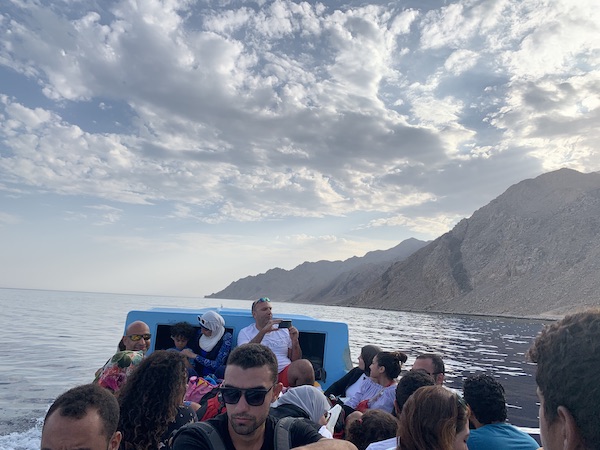
The unique beauty of this large undisturbed ecosystem in the Gulf of Aqaba, where rare species of fish and corals live together with unique wildlife and plant species. It is a place where Bedouins live their ways of life intertwined with modern tourism.
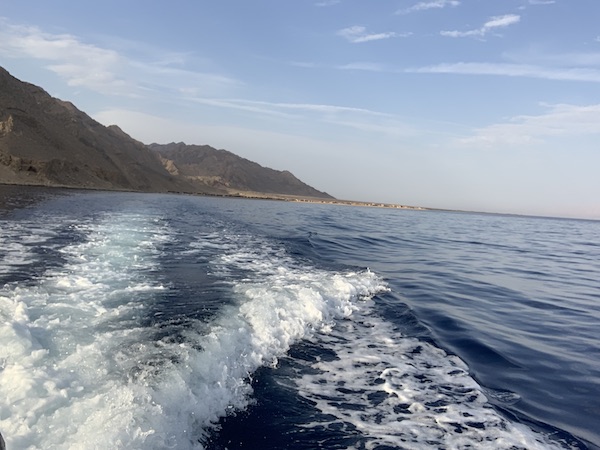

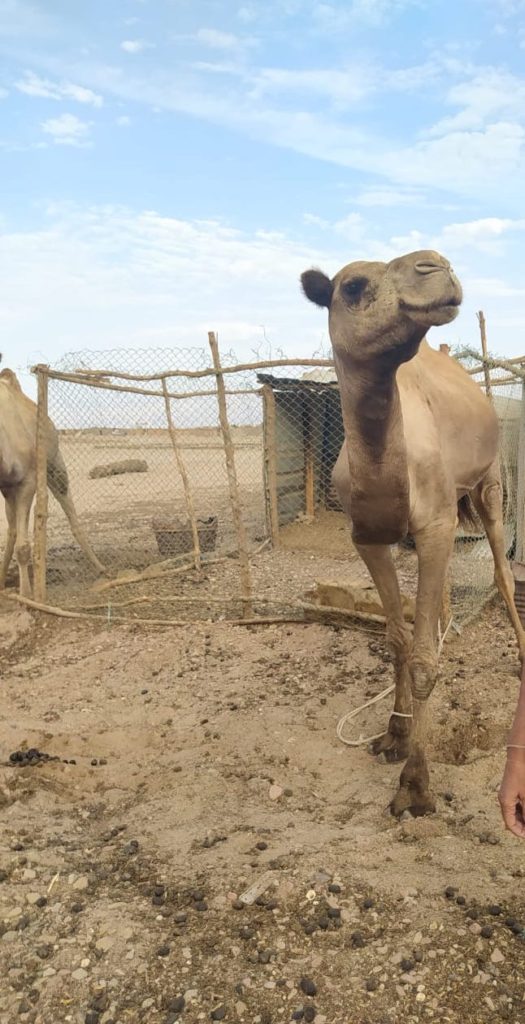
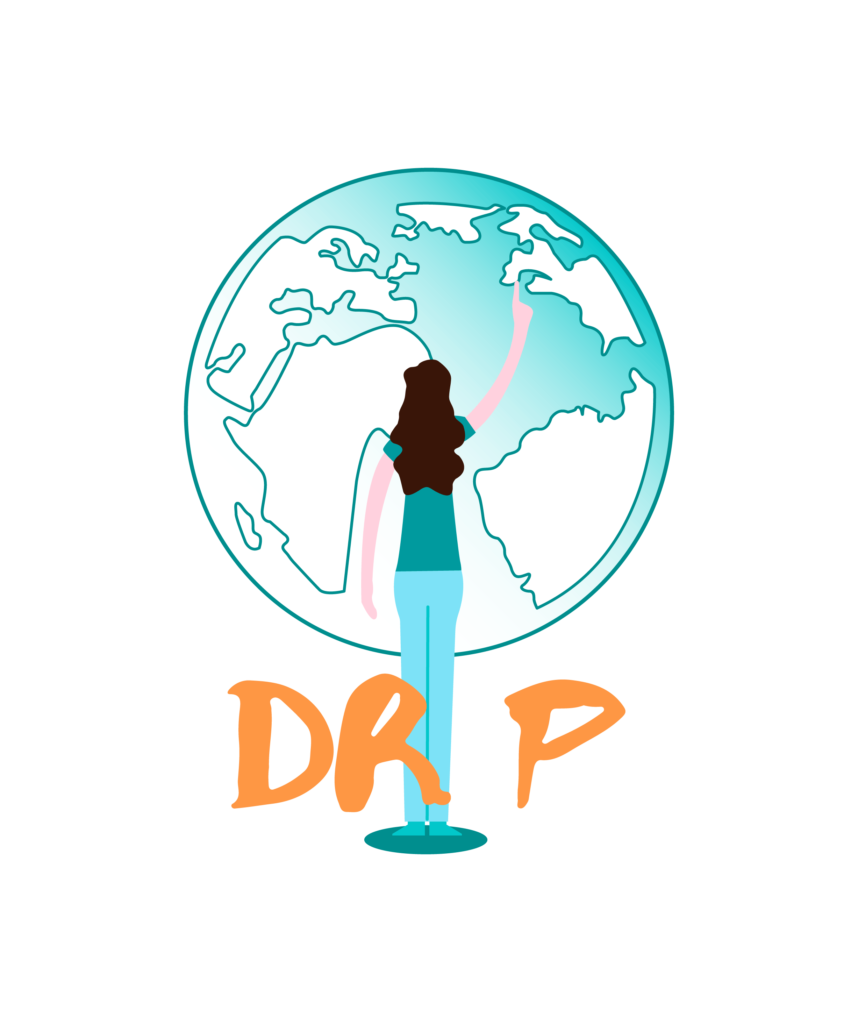
As an animal rights advocate, I make sure I take note of how animals are treated anywhere I go. Unfortunately, the local culture has a long way to go to learn that animals are sentient beings and they need to be treated kindly. These animals are often mistreated, frequently subjected to abuse that results in them being overworked for long hours until they are exhausted and sometimes even to death.
Animals are not meant to be ridden for entertainment purposes in tourist activities.
Ride operators often ignore the animals’ most basic needs. Camels are commonly housed with no shelter from the elements and not provided with adequate food and water if any. The only way to stop animal abuse is to stop riding them! I learned it the hard way, after watching for weeks folks renting their animals to tourists all around the world! If you encounter camel, horse, or donkey riding options in various locations, be vigilant for signs of mistreatment. Notify the owners and reach out to animal welfare groups in the vicinity if abuse is suspected. Regrettably, this appears to be the primary method of ensuring proper care for the animals at present. Personally, I refrain from animals for leisure activities due to the prevalent abuse they endure, given the absence of welfare standards.
NUWEIBAA

Nuweiba is situated slightly northwards on the eastern shore of the Gulf of Aqaba, providing an array of campgrounds, lodges, and hotels. Its name originates from the old Arabic term “springing water,” highlighting its historical abundance of water springs in the desert region.
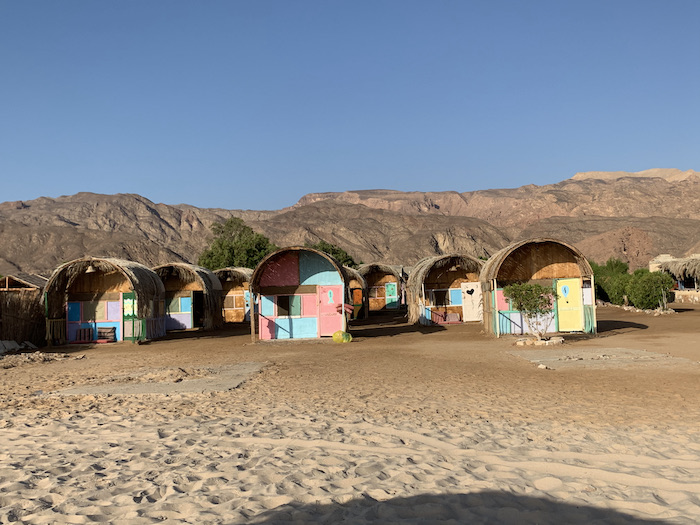
Experience a one-of-a-kind location where you can behold Jordan, Saudi Arabia, and Israel simultaneously. It is a remarkable opportunity to find yourself positioned in the heart of the desert, surrounded by a rich tapestry of ancient and modern history, yet still able to embrace tranquility.
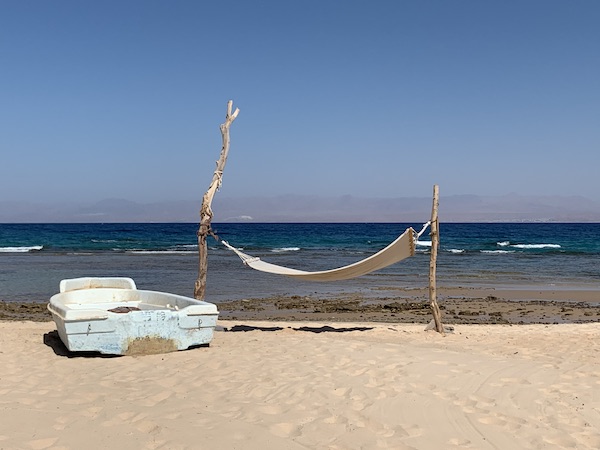
There are numerous tour companies that provide a variety of trips and activities. You have the option to simply be present and witness the mesmerizing display of stars and lights from Jordan and Saudi Arabia at night, transporting you to the ancient past. Alternatively, you can take part in a tour featuring belly dancers and indulge in the delightful Bedouin cuisine. Trying Bedouin food is an absolute necessity!
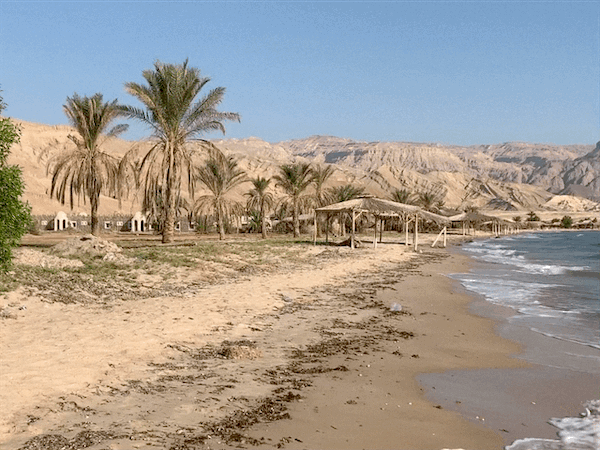
There is a port in Neweiba that favors a growing town and historical landmarks that are worth visiting such as the remains of Neweiba Castle.
